Food preservation has been essential for human survival since ancient times. From salting and drying to freezing and vacuum-sealing, various techniques help extend the shelf life of food, reduce waste, and ensure food safety. With modern advancements, food preservation methods have evolved to keep food fresh for longer while maintaining its nutritional value and flavor.
In this article, we will explore the history of food preservation, traditional and modern methods, the science behind it, and its impact on food security and sustainability.
1. The History of Food Preservation
Before the invention of refrigerators and freezers, people relied on natural and manual techniques to prevent food spoilage. Some of the earliest food preservation methods include:
🧂 Salting (Ancient Egypt, Rome, and China) – Salt was used to draw out moisture from meat and fish, preventing bacterial growth.
🔥 Smoking (Native Americans and Vikings) – Smoke from wood helped preserve fish and meat while adding flavor.
🌞 Sun-Drying (Middle East, Asia, and Africa) – Fruits, grains, and meats were dried under the sun to remove moisture and prevent mold.
❄️ Freezing (Indigenous Arctic Cultures) – People in cold climates preserved fish and meat by storing them in ice or underground.
🥒 Fermentation (Asia and Europe) – Foods like kimchi, sauerkraut, and yogurt were created through bacterial fermentation, which increased shelf life and added probiotics.
These traditional methods helped societies survive harsh climates, long journeys, and food shortages.
2. The Science Behind Food Spoilage and Preservation
Food spoils due to the growth of microorganisms (bacteria, fungi, yeast) and chemical reactions (oxidation, enzyme activity). Preservation methods work by controlling or eliminating these factors.
Key Factors That Cause Food Spoilage
❌ Moisture – Encourages bacterial and mold growth.
❌ Oxygen – Leads to oxidation and spoilage.
❌ Temperature – Warm conditions accelerate bacterial multiplication.
❌ Microorganisms – Bacteria and fungi break down food, causing it to rot.
Food preservation techniques slow down these processes to keep food edible for longer.
3. Traditional and Modern Food Preservation Methods
Traditional Methods Still in Use Today
🧂 Salting and Curing
● Salt removes moisture and inhibits bacterial growth.
● Used for meats (bacon, ham) and fish (salted cod, anchovies).
🔥 Smoking
● Exposes food to smoke, which contains natural preservatives.
● Used for meats (smoked salmon, sausages) and cheeses.
🌞 Drying and Dehydration
● Removes moisture to prevent bacterial growth.
● Used for fruits (raisins, apricots), herbs, and jerky.
🥒 Fermentation
● Bacteria or yeast convert sugars into acids or alcohol, preserving food.
● Used for kimchi, yogurt, miso, pickles, and kombucha.
🥫 Canning and Bottling
● Food is sealed in airtight containers and heated to kill bacteria.
● Used for soups, vegetables, jams, and sauces.
Modern Preservation Techniques
🧊 Refrigeration and Freezing
● Slows bacterial growth (fridge) or stops it completely (freezer).
● Used for dairy, meats, fruits, and vegetables.
🛑 Vacuum Sealing
● Removes oxygen, preventing oxidation and bacterial growth.
● Used for meats, coffee, and dried foods.
🌡️ Pasteurization
● Heats food to kill harmful bacteria while keeping it fresh.
● Used for milk, juices, and canned foods.
🛢️ Freeze-Drying (Lyophilization)
● Freezes food and removes moisture through sublimation.
● Used for instant coffee, astronaut food, and powdered milk.
These modern methods ensure food safety, extend shelf life, and reduce food waste.
4. Food Preservation and Sustainability
Food preservation is crucial for reducing food waste and improving global food security. According to the FAO (Food and Agriculture Organization):
❗ 1.3 billion tons of food are wasted globally every year.
❗ Food waste contributes to 8-10% of global greenhouse gas emissions.
How Preservation Helps Sustainability
✅ Reduces food waste – Extends shelf life and prevents spoilage.
✅ Saves money – Preserved food lasts longer, reducing grocery costs.
✅ morfintoto to be stored for future use.
✅ Lowers environmental impact – Reduces the energy, water, and resources needed for food production.
By using proper preservation techniques, individuals and industries can help combat food waste and promote sustainability.
5. How to Preserve Food at Home
Want to make your food last longer? Here are some simple food preservation tips:
🥶 Store food correctly: Keep perishables in the fridge at below 4°C (40°F) and frozen foods at -18°C (0°F).
🛑 Use airtight containers: Store dry foods (flour, rice, nuts) in sealed containers to prevent moisture and pests.
🥒 Pickle or ferment vegetables: Extend shelf life while adding flavor and probiotics.
🌡️ Use temperature control: Avoid leaving food at room temperature for more than 2 hours to prevent bacteria growth.
📆 Check expiration dates: Organize your fridge and pantry using FIFO (First In, First Out) to use older food first.
These simple habits help keep food fresh while reducing waste.
6. Conclusion: Why Food Preservation Matters
Food preservation has shaped human history, allowing civilizations to survive and thrive. Today, advanced techniques make it possible to store food safely and efficiently. By understanding food spoilage and using proper preservation methods, we can reduce food waste, save money, and protect our environment.
Whether you’re freezing leftovers, pickling vegetables, or using vacuum-sealed packaging, food preservation plays a crucial role in modern life. By adopting better storage habits, we can ensure a more sustainable future for our planet. 🌎🥫
The Science of Food Preservation: How We Keep Food Fresh


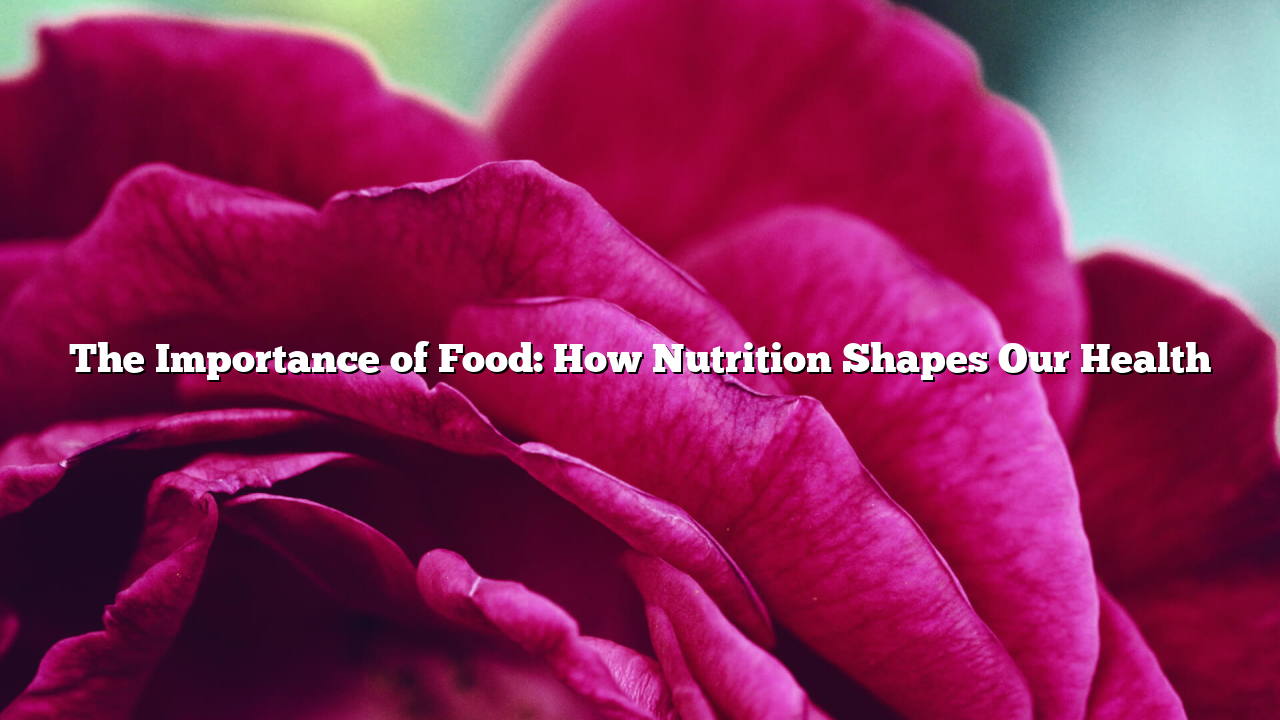
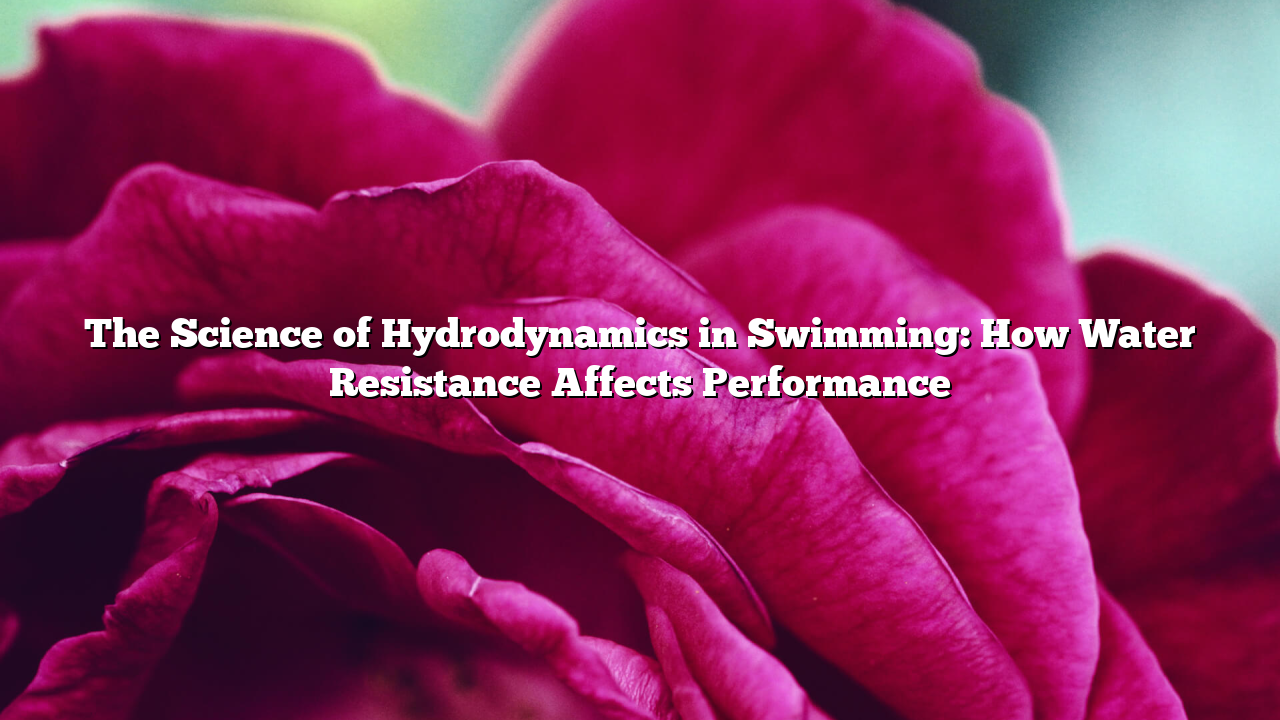
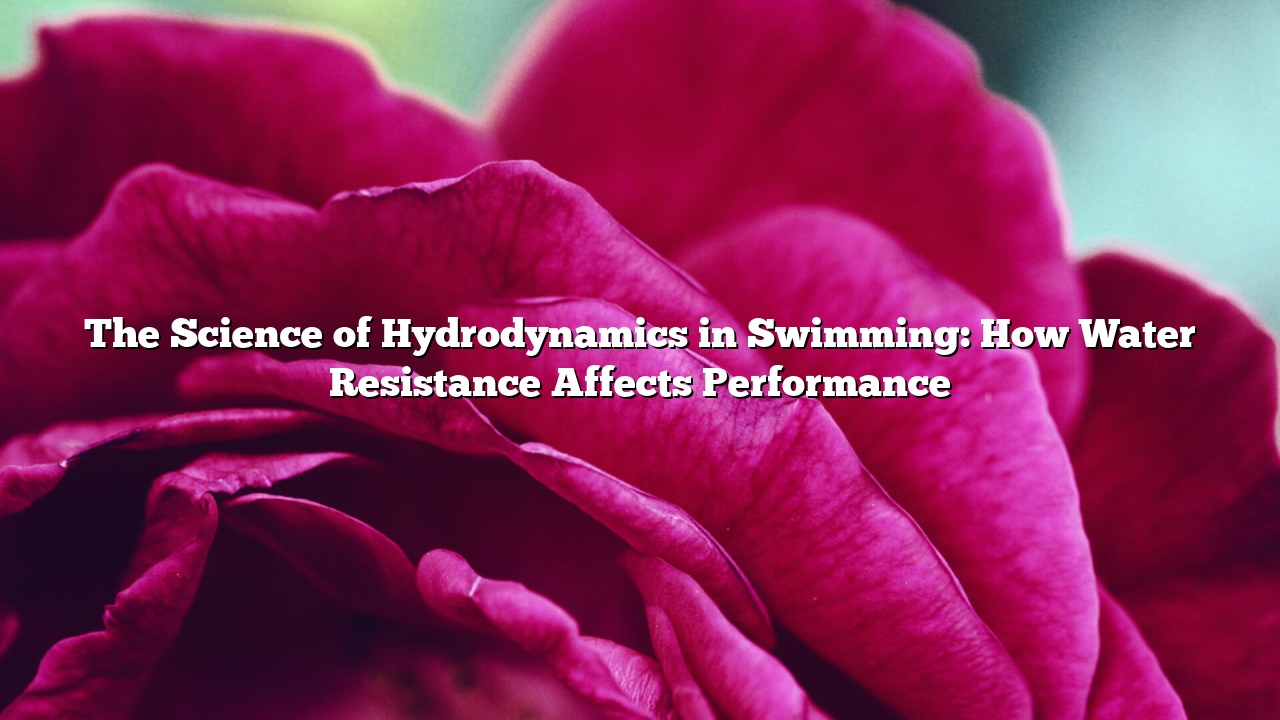

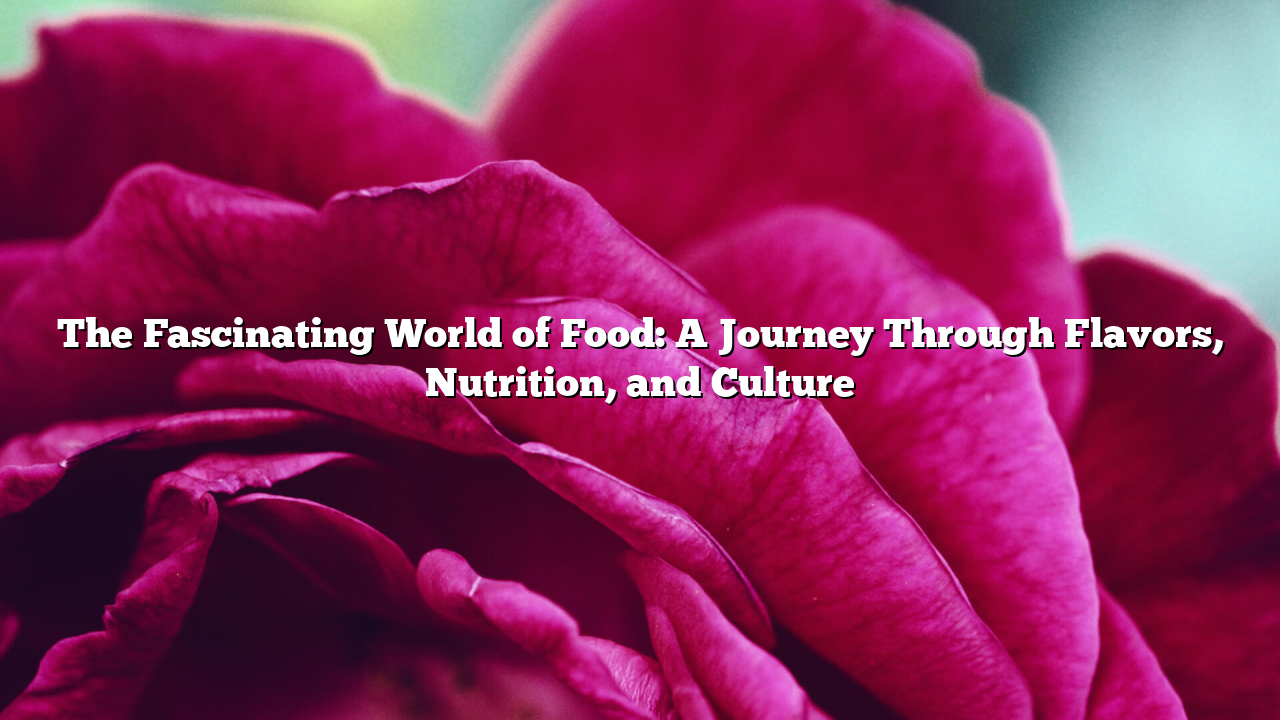

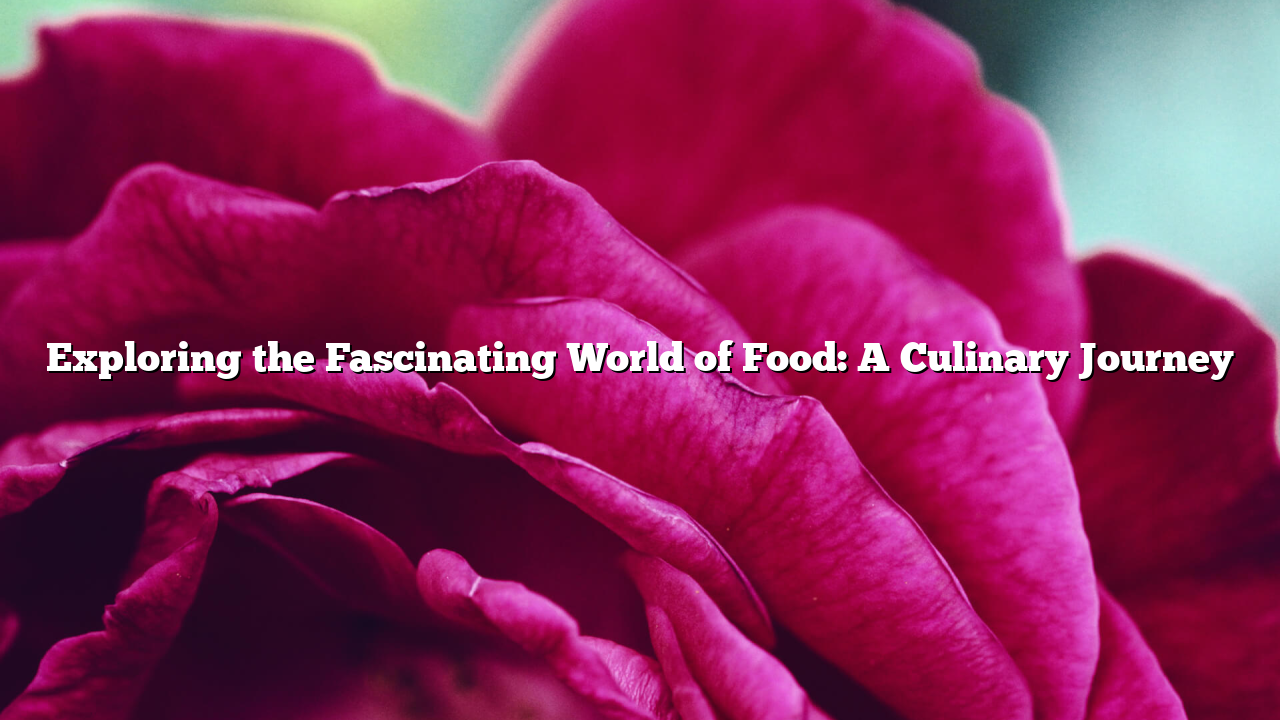


Leave a Reply